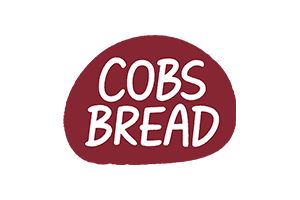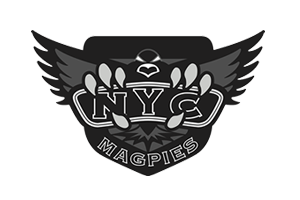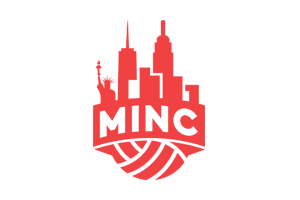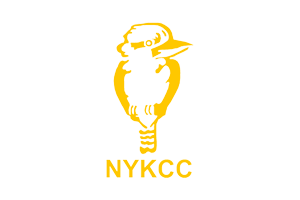The New York Subway is a sight to behold, especially if you've never ridden underground trains, or taken part in a social experiment where they tray and cram as many people as they can into a small space. It can be your best friend, or your worst nightmare, depending on what you do, so here's everything you need to know about how to ride the train, and where to stand.
As a starter it's important to know that New Yorkers refer to the subway as “the train” and they're not normally referring to one of the other train services that run into the city. If someone is referring to those others, they will likely refer to their names: “Long Island Rail” Road (LIRR to go to East to Long Island), AMTRAK, and Metro-North (to go up-state).
How to pay for the train and train zones in NYC
With the new payment system, you can tap a credit card at the gate to get into the station and then once you're in you can ride as many trains as you want until you go back outside.
There are no zones in NYC so you can ride it all the way to the end of the line, turn around and come back, and you still only pay once. No matter where you get off it still only costs “1 ride”.
Tap your card, enter the station and take your time as there's no rush or time limit to get a train.
Uptown, downtown, midtown, local, and express: Which train to catch
For those super new to the city you'll hear “uptown” and “downtown” a lot, and in general the rule is:
- Uptown (anything north of 59th St.)
- Midtown (between 59th St. and 14th St.)
- Downtown (anything south of 14th St.)
If you're talking about a train, they all generally head uptown or downtown which means North or South (or relatively so).
There's then the differentiation between local and express trains which simply mean they run the same (or similar) tracks, but the express trains only stop at major stations meaning you can get uptown or downtown faster if you know where you're getting off.
The easiest way to work this out is to follow Google Maps and get on the number/letter train it tells you, as the numbers or letters correspond to which line they are as well as if they're express or local. On the green trains, for example, the 4 and 5 trains are express, and the 6 train is local. In many cases on your Google Maps, it might tell you to take the express and switch to the local (so take the 4, get off at Union Square, and switch to the 6) so it can get you closer to exactly where you need to go.
Where you should stand before you board an NYC subway train
First things first, and yes, this tip seems completely obvious when you work it out, and if you’ve lived here for long enough you would have heard the notices over and over… But it doesn’t hurt to repeat it again.
DON’T STAND IN FRONT OF THE DOORS WHEN YOU’RE TRYING TO GET INTO THE TRAIN.
Use the diagram above as an indicator, you should not be standing anywhere that people will want to walk through when they get off the train. Wait until the majority of people have gotten off, and then start to weave your way into the carriage. Sure, there are some people who try to make a last-minute decision to get off the train who get caught; that's their fault (don't be one of those people either).
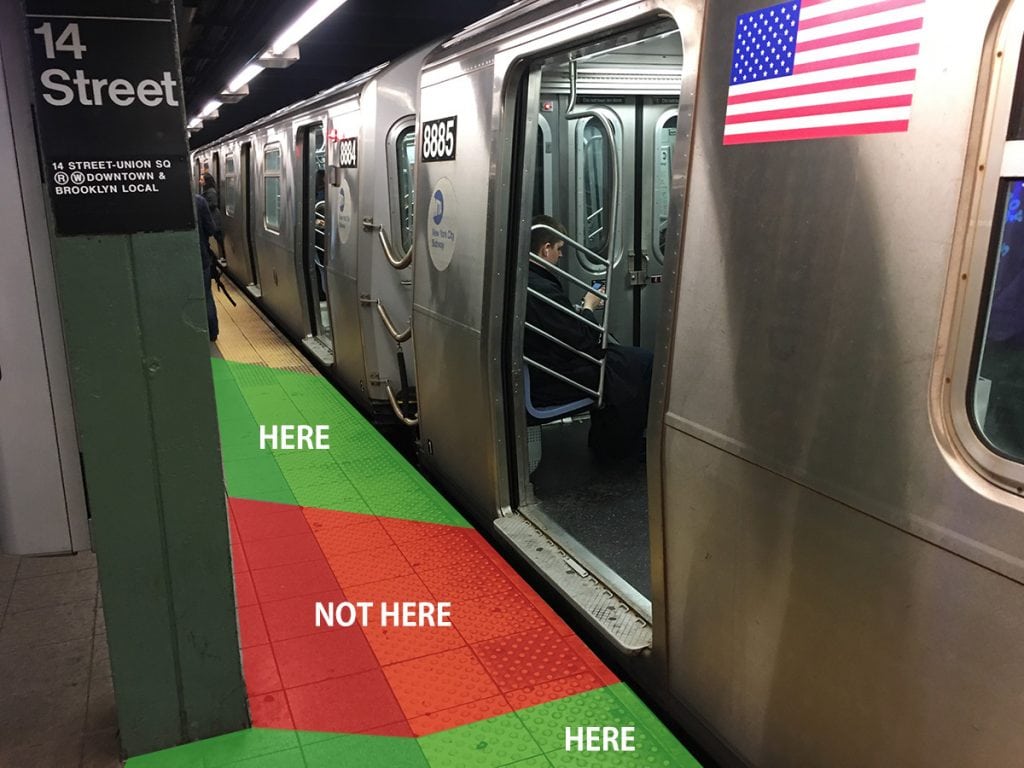
Due to how the trains operate, the train will stop in the EXACT same spot when the next one arrives, so if you missed this last one, never fear. Align yourself nicely wedged at the edge of where the door will appear (still in the green zone), so that you're first on to the next train.
Which train car to choose
My wife still laughs at me because I refer to them as carriages, but here they call them train cars, and there's normally quite a number of them depending on which train you're catching.
The rules of thumb:
- Don't get onto an empty train car: The are either smells, heat, or other weird things going on in there, and you don't want a piece of that.
- Use the CityMapper app, because it will actually tell you which part of the train (front, middle, or back) to ride on so that your commute is quicker
- Aim to line up where there aren't TOO many people, as a lot of people will try to enter at the bottom of the stairs and getting on will be difficult. Move down the station a bit and find an emptier space.
Where to stand (or sit) when you're on the train
Once you're actually on the train, you can choose to stand or sit if there's a seat. As always, give up your seat if you're able-bodied and someone who needs it more than you looks like they need a spot, but otherwise you can poke yourself anywhere that you fit.
If you're standing, a hot tip is to orient yourself so that you're looking at the side of train, as it can be difficult to stand steady as the train lurches and slows into and out of stations. That being said, there are more bends on the tracks than you might think, so the key is to always be holding something. You don't look badass not holding on, because you'll inevitably fall on someone and make them very unhappy.
If you're getting off right away, you can try and position yourself towards the doors, but know that when your station comes there's likely going to be a lot of people getting off and on, so don't worry about moving around too much on a busy train. You can push and say lots of “Excuse me!” when the doors open!
What are they saying over the speaker when you're on the train?
Nobody knows.
You'll hear a muffled voice come over the train sometimes, and they'll either make a regular announcement that they do on a cadence, or they'll announce that a train is modifying its route.
If you notice everyone get off your train and you don't know what's happening: Follow the masses.
The most likely thing is that your train is “going express between X and Y” meaning that it's skipping a whole array of stations and you might go well past where you had planned (if they do this, they normally skip a LOT of stations). So unless you know what's going on, trust the group and get the following train (that's normally the second part of the mumbling over the speaker).







